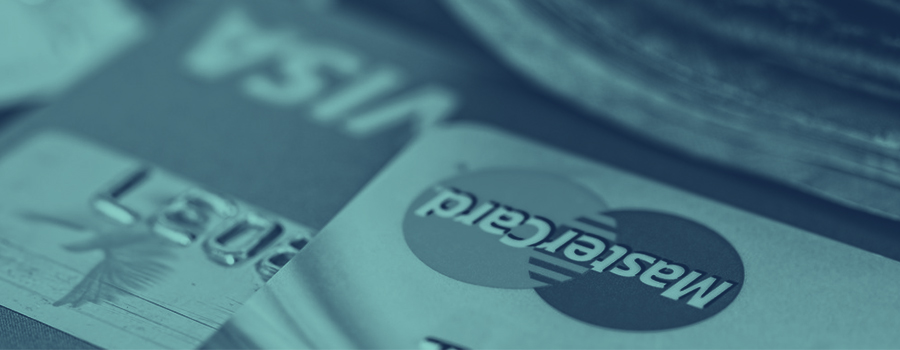According to the study “A New Digital Future for Publishers?” by Next Issue Media, nearly two thirds of customers do not update their bank card information when their cards expire. An overview of services and solutions to address this issue.
For some time now, merchants have allowed customers to store their payment data in their online customer account space. Not all merchants offer options as efficient and integrated as Amazon’s 1-click ordering, but the basic idea is the same: when the customer pays for a purchase, he saves his bank card data in his account space and can then use the card for subsequent purchases.
This is usually an opt-in service. In other words, the customer must check a checkbox to enable the option, making the merchant’s service as unintrusive as possible. There are several ways for users to opt-in, including checking a checkbox, unchecking a pre-checked checkbox, entering a captcha, and responding to a confirmation message (pop-up or e-mail) before/after an order.
Practical, but not durable
This approach works fairly well for both merchants and clients. That is, until the bank card on record expires. That’s when the service can backfire on the merchant.
The customer had become used to the ease of making online purchases with a single click: once he validated his shopping cart, the transaction was almost finished. But suddenly, when their payment method has expired, the customer has a moment to reconsider the purchase and, worse, his choice of merchant or payment method.
Forty-five days before a bank card expires, customers are contacted by all merchants who have stored their bank card data: travel ticketing services, online digital content providers (music, VOD), leisure establishments (like gyms), marketplaces, SaaS professional services, etc.
Just an initial message and one or two reminders per merchant can quickly become a nightmare for customers, who may start to think of the messages as spam.
What are some options for merchants?
First, avoid sending pointless reminders. Very few banks activate renewed bank cards more than 30 days in advance. Notifying the customer too far in advance is useless and could result in customer dissatisfaction or even suspicion, given the number of phishing e-mails people receive.
It’s better to remind customers after they have received their renewed cards and had a chance to activate them. The ideal window would be during the week before the card expires and the 10 days afterwards.
Some merchants prefer to remind customers the next time they interact with the site: at the next checkout, when a subscription expires, when they log in to a site or online service. The customer will be even more motivated to make the effort (again) at a point when he must take action (purchase or use). At that precise moment, a little bonus can help prevent abandoned transactions: a loyalty discount, free shipping, a bonus gift, etc.
Finally, because bank cards are not the ideal choice for all purchases, more and more merchants are offering the option to pay with a bank account, with an eye to attracting more committed users with a customer lifespan that is not technically limited to two years at the most.
Towards multiple payment methods
To add value for their customers, some merchants are now offering them the option to store multiple payment methods in their customer accounts. What this does is prevent abandonment at the moment of purchase (assuming they have at least one payment method that is valid at that moment).
Storing both bank card and bank account (IBAN) information is a particularly effective option: bank cards are good for one-time or occasional purchases, while direct debit is better for recurring payment models, frequent purchases, or high shopping cart totals that exceed bank card limits.
Of course, the payment method combinations that can be offered depend on the laws in different countries, the industry, and the customer type (new vs. return client). Payment by check is certainly not the most appropriate choice for paying for an online music streaming service! On the other hand, payment by bank account would not be the best choice when paying for a high-ticket item that needed to be shipped immediately.
In the end, combinations are also possible: An initial payment by bank card, with a subscription paid for by direct debit makes sense if the merchant needs to securely ship expensive merchandise and increase customer lifespan by limiting attrition due to factors unrelated to the service purchased.




